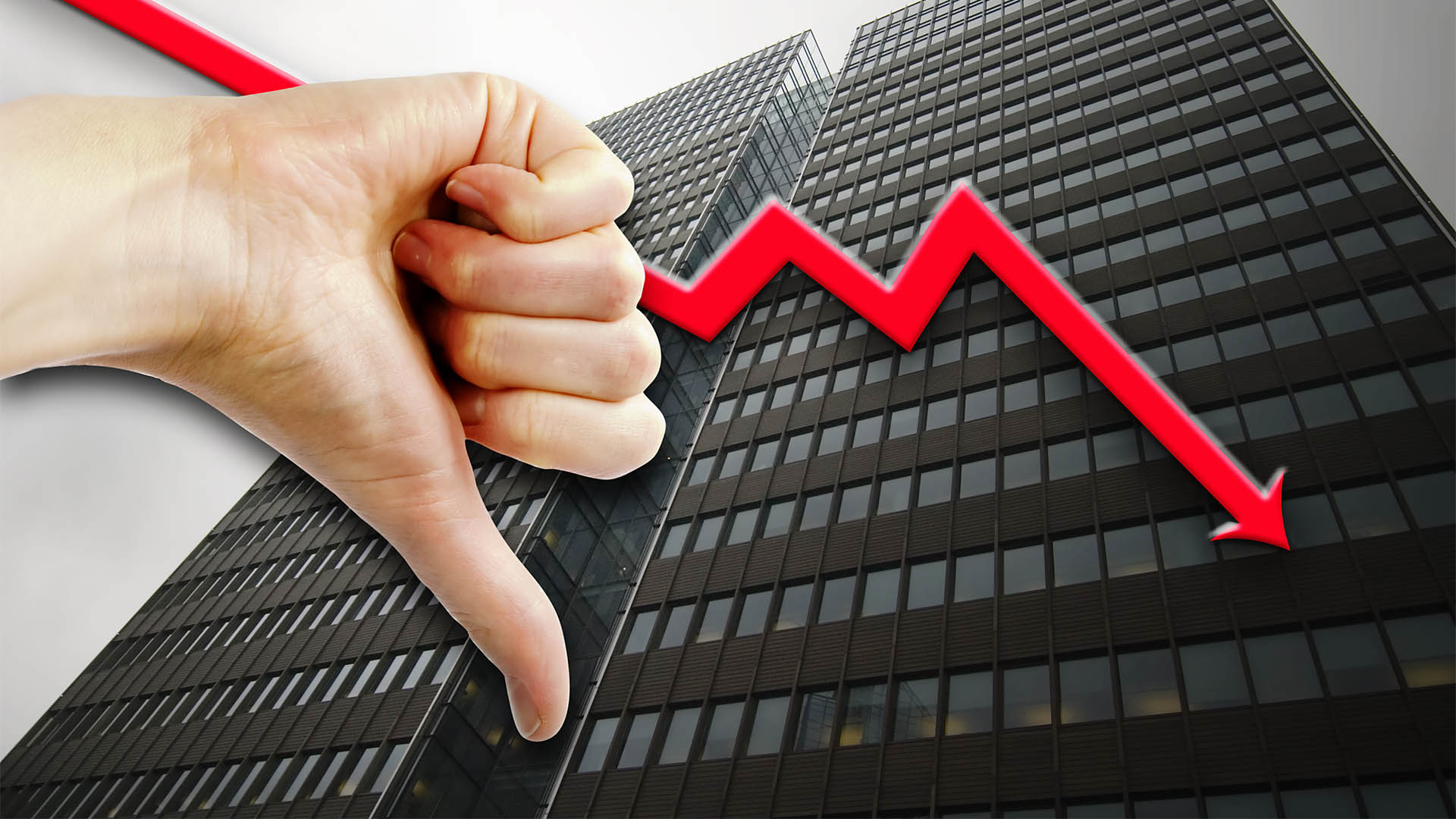Financial markets and confidence were rattled yesterday and last night, especially in Asia after President Trump’s threat to apply a 10% tariff to an extra $US200 billion of Chinese imports into America, on top of the 25% impost already applying to $US50 billion of shipments.
Chinese sharemarkets hit two year lows and bourses in Europe sold off, as did the American markets. The Dow was down more than 400 points at one stage but recovered to be down around 287 points or 1.1% at the close.
The Dow is now in its longest fall for 15 months – falling for six sessions in a row and the index is now around the same level as it started 2018. The S&P 500 was off 0.4% and the Nasdaq lost 0.3%.
Shares sold off and safe havens such as US dollar investments, the euro and the yen firmed. The Aussie dollar fell under 74 US cents to trade around a year low of 73.70 US cents.
Gold edged higher, then fell, closing around 2018 lows but oil fell ahead of the OPEC meeting on Friday and Saturday and reports that China will slap big tariffs on US oil, coal and LPG (but so far not LNG) imports.
Donald Trump ordered officials to draft plans for tariffs on a further $US200 billion in Chinese imports should Beijing refuse to abandon plans to retaliate against the 25% tariff on $US50 billion of Chinese imports.
China immediately hit back, showing no sign of backing down. “If the US suffers a loss of rationality and issues a [tariff] list, China will have to adopt strong countermeasures, which will be comprehensive measures combining quantity and quality,” China’s commerce ministry said in a statement.
China-focused shares were among the worst hit as equities slumped across the region. Hong Kong’s Hang Seng index dropped 2.8%. The CSI 300 index of major Shenzhen and Shanghai-listed companies was down 3.5% at a 10-month low. In Tokyo the Nikkei, japan’s main market index fell 1.8%.
Stocks across Europe as well as emerging market currencies also suffered a blow. Shanghai Composite fell 3.8% to 2,907.82, losing the 3,000-point mark for the first time since October 2016.
The ASX 200 index finished 2 points lower at 6102.1, losing ground in the afternoon after being up more than 40 points in the morning after news of the Chinese market slide appeared on computer screens.
The Financial Times reported that "Souring sentiment across global markets also tracked expectations that the dispute looked likely to worsen, bringing a full tit-for-tat trade war closer. Louis Kuijs, head of Asia economics at Oxford Economics, points out:
"By threatening to impose 10 per cent tariff on an additional $200bn of imports from China, the US President Trump has upped the ante on the trade conflict between the two. China has quickly vowed to retaliate and if such an escalation does materialise, it would have significant economic impact on China, the US and the rest of the world, at a sensitive time for the global economy.”












